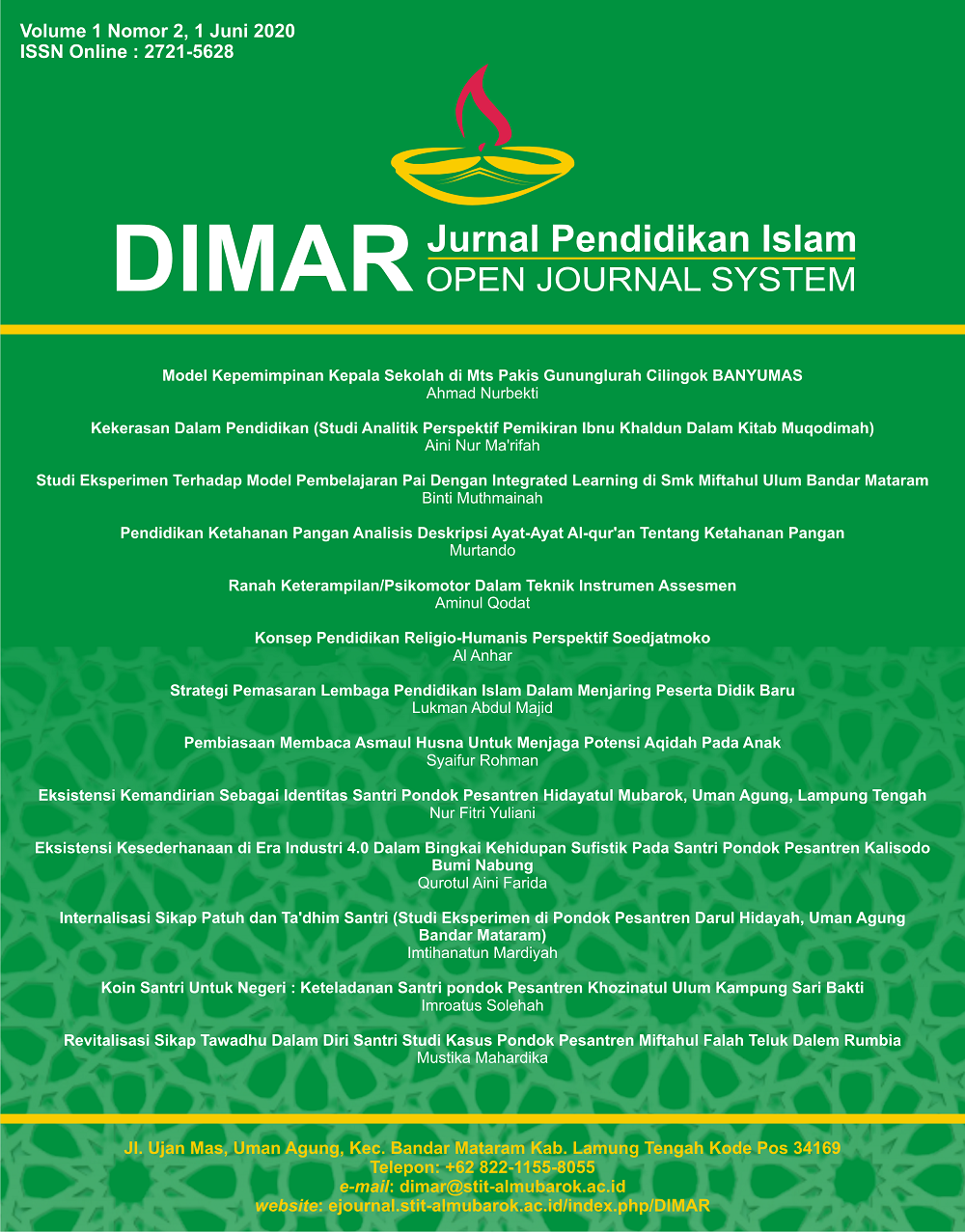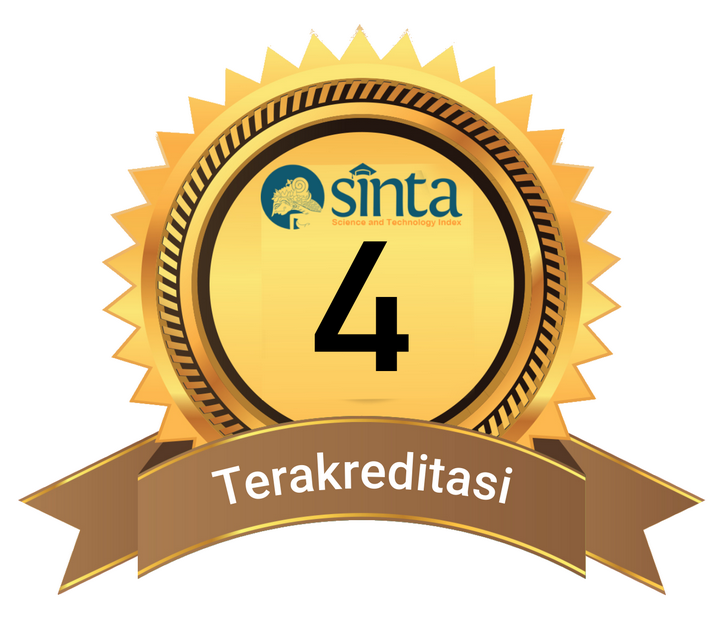Strategi Pemasaran Lembaga Pendidikan Islam Dalam Menjaring Peserta Didik Baru
Keywords:
Strategi Pemasaran, Lembaga Pendidikan Islam, Peserta DidikAbstract
The background of this research is that the increasing number of boarding school-based schools shows that competition between institutions is increasingly competitive, however, the public interest in sending their children to SMP A. Wahid Hasyim Tebuireng and SMP Muhammadiyah 1 Jombang has not diminished. Even as the data obtained by the researchers, from year to year the number of registrants in the two schools has increased. The focus of this research is how to strategy; implementation; and the impact of educational marketing strategies on both institutions. This research is a qualitative research, using a case study approach with a multi-case design. The process of collecting data uses the method of observation, interviews and documentation. Data analysis used is the analysis of the Miles & Huberman model, the data that has been collected and validated and analyzed by means of data reduction; presentation of data; and drawing conclusions. Data checking used the triangulation method. The results showed that: First, the educational services marketing strategy carried out by SMP A. Wahid Hasyim Tebuireng and SMP Muhammadiyah 1 Jombang had similarities in attracting new students, namely using two methods (1) direct marketing, and (2) indirect marketing. . But the marketing strategy at SMP Muhammadiyah was handled and carried out by a different school from SMP Tebuireng which was more handled and run by the Tebuireng Islamic Boarding School, so the school just had to accept it. Second, the implementation of marketing in both schools is (1) Formulating a competitive strategy; namely by identifying market segmentation, targeting, and positioning; (2) Creating marketing tactics, namely applying the theory of the marketing mix by offering quality products, applying prices that are competitive with other institutions, highlighting a very strategic geographic location, and also taking promotional steps; (3) Show added value, namely by providing good service; as well as carry out a quality coaching process. Third, the results of the marketing strategies in the two institutions in attracting new students are as follows: (1). high customer loyalty of education service users (public understanding), (2). Increased public confidence (public confidence), (3). The existence of community support (public support), and (4). The establishment of effective collaboration between schools and stakeholders (public corpuration).
References
Abu Bakar, Usman. 2005. Fungsi Ganda Lembaga Pendidikan Islam, Yogyakarta: Safira Insania Press.
Maisyaroh. 2004. Hubungan Masyarakat. Malang: Fakultas Ilmu Pendidikan Universitas Negeri Malang.
Muhaimin, 2010. “Manajemen Pendidikan” Aplikasinya dalam Penyusunan Rencana Pengembangan. Jakarta: Kencana.
..............., 2011. Manajemen Pendidikan Aplikasinya dalam penyususnan Rencana Pengembangan Sekolah/Madrasah, Jakarta : Kencana.
Moleong, Lexy J. 2007. Metodologi Penelitian Kualitatif: Bandung: Rosdakarya
Nasution, 1991. Metode Research, Bandung: Jemmars
.............., 1998. Metode Penelitian Kualitatif-Kuantitatif, Bandung: Tarsito. Yuliana, Neny. 2005. Dasar-dasar Public Relation, Bandung: Pusat Penerbitan Universitas Bandung









